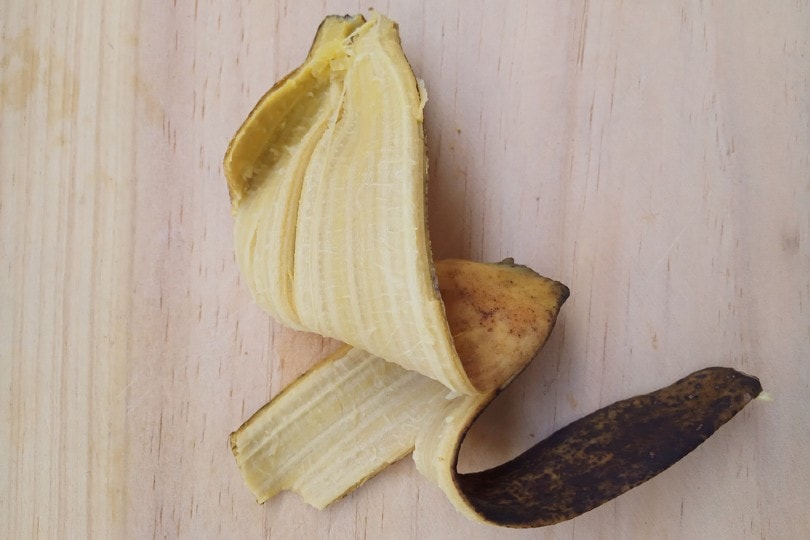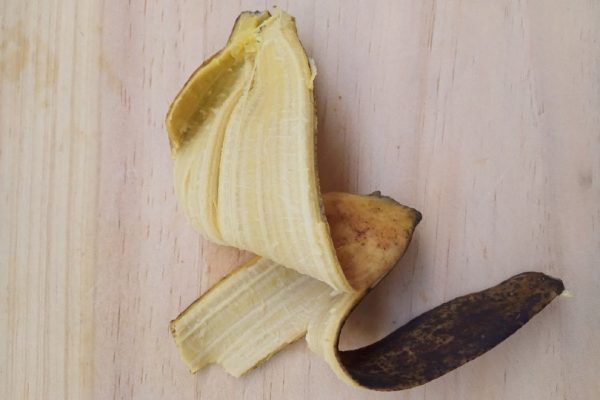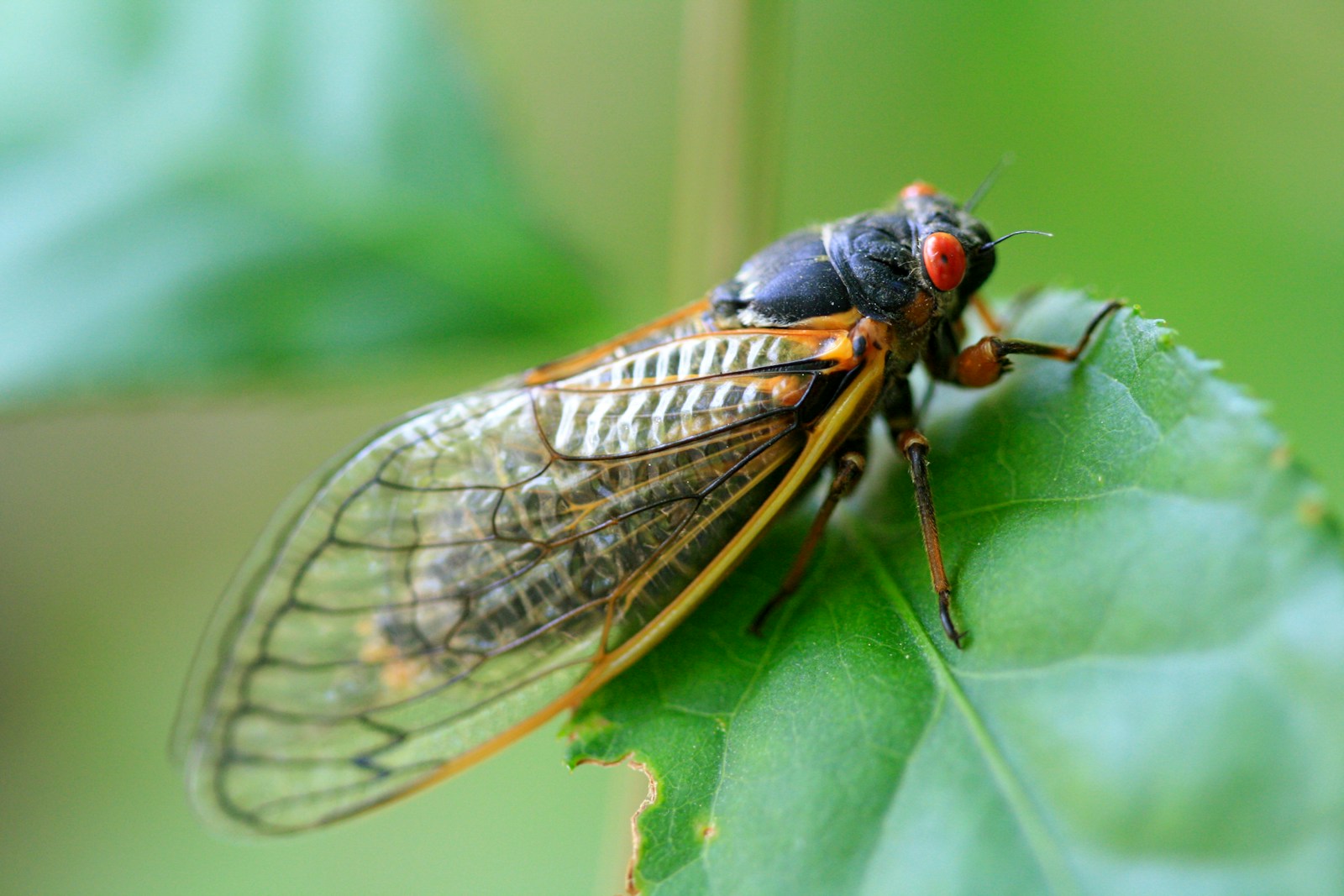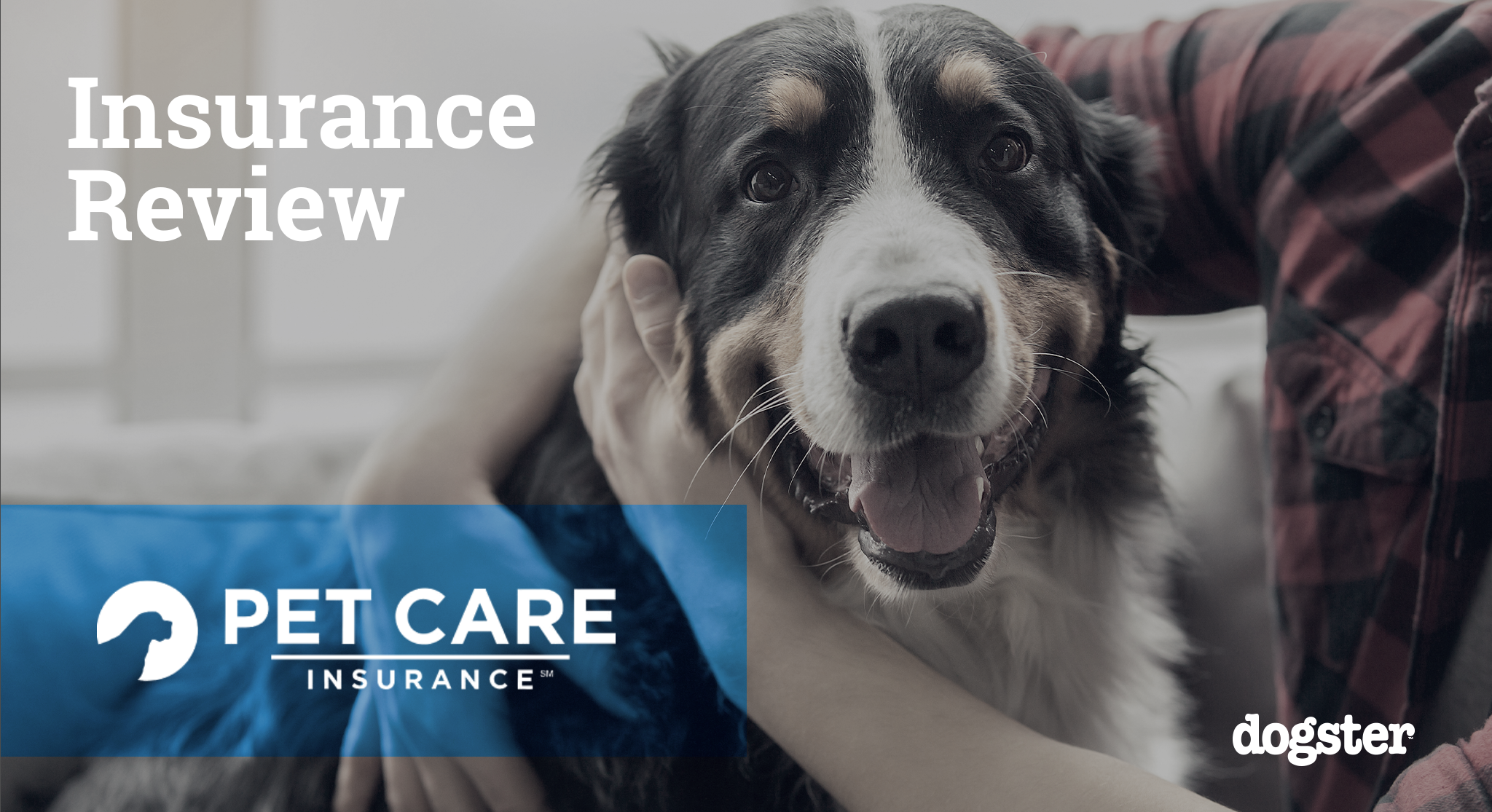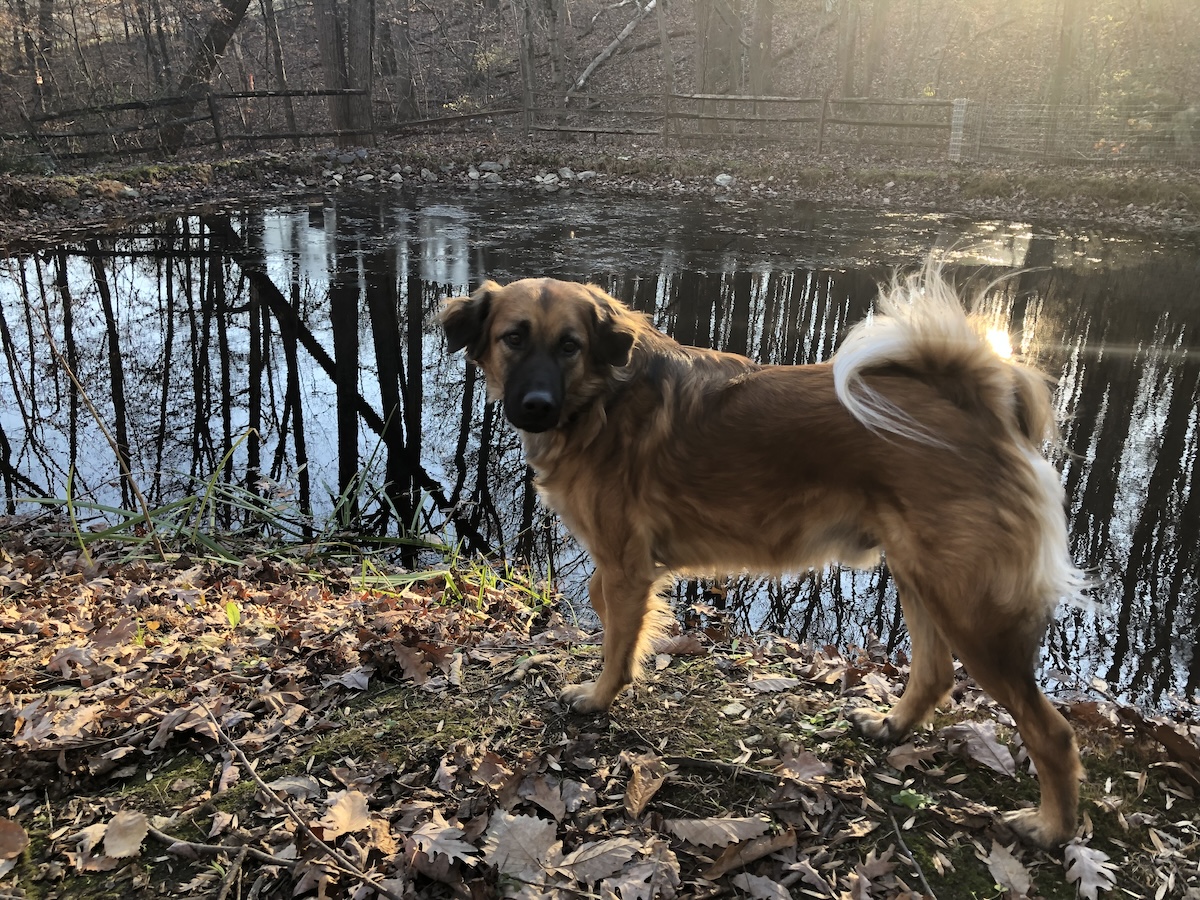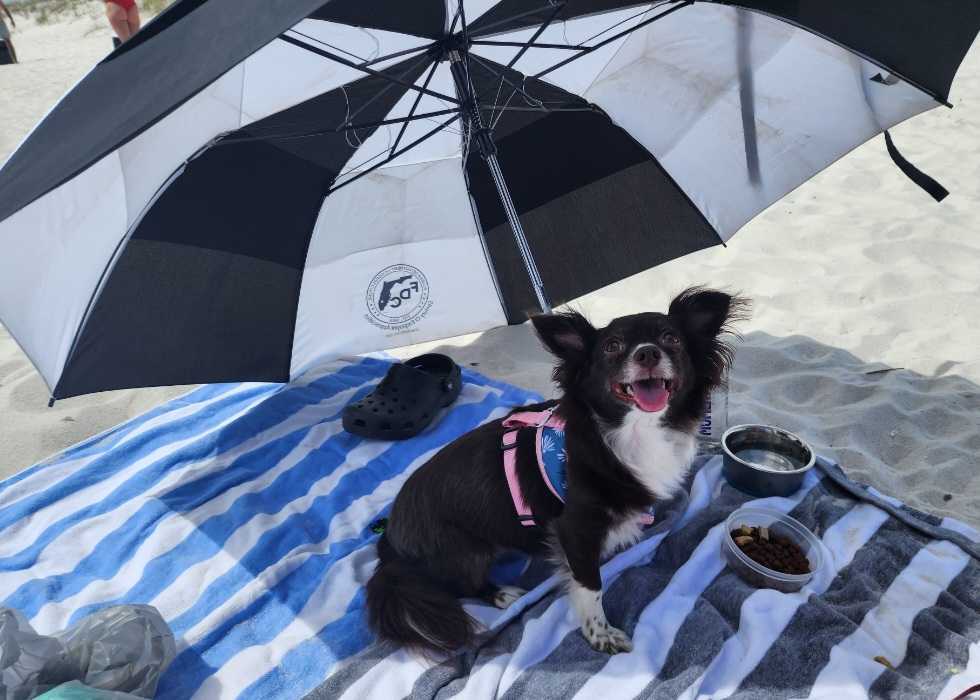Click to Skip Ahead
As a concerned pet owner, worrying when your furry companion consumes something unusual is natural. If you’ve recently discovered that your dog has eaten a banana peel, you may be wondering about the potential complications, whether immediate action is necessary, and how to prevent such incidents from happening again.
Banana peels themselves are not toxic to dogs, however, there are a few potential complications to consider. This comprehensive guide will delve into the possible risks and signs to watch out for and provide guidance on taking appropriate action. Additionally, we’ll address frequently asked questions regarding dogs and banana peels.
Possible Complications and Risks
Choking Hazard
Banana peels can be slippery and difficult to swallow, especially for small dogs or those prone to gulping down food without chewing it properly. If a large portion of the peel is ingested, it can lead to choking or gastrointestinal blockage.

Digestive Upset
While banana flesh is generally safe for dogs, the peel contains high levels of fiber that can be difficult for some dogs to digest. This may result in gastrointestinal discomfort, such as diarrhea, vomiting, or constipation.
Pesticide Exposure
It’s important to consider whether the banana peel was treated with pesticides or other chemicals. If the peel is not organic but is treated with pesticides, your dog may be at an increased risk of toxicity.

Signs to Watch Out For
After your dog has consumed a banana peel, monitoring their behavior and health for any signs of distress is crucial. Common signs that may indicate a problem include:
- Choking or Difficulty Breathing: If your dog struggles to breathe or shows signs of choking, seek immediate veterinary assistance.
- Gastrointestinal Distress: Watch for signs such as vomiting, diarrhea, bloating, abdominal pain, or lack of appetite. These may indicate that your dog is experiencing digestive issues.
- Lethargy or Unusual Behavior: If your dog appears lethargic, weak, disoriented, or exhibits any abnormal behavior, it could be a sign of an underlying issue that requires veterinary attention.
When to Take Immediate Action
If your dog has eaten a banana peel and is not exhibiting any signs of distress, there may not be an immediate cause for concern. However, it’s always a good idea to take a proactive approach to ensure your pet’s well-being. Consider the following steps:
1. Contact Your Veterinarian
If you have any doubts or concerns about your dog’s well-being, don’t hesitate to contact your veterinarian. They can provide tailored advice based on your dog’s circumstances and may suggest any of the following or that you bring your dog in.
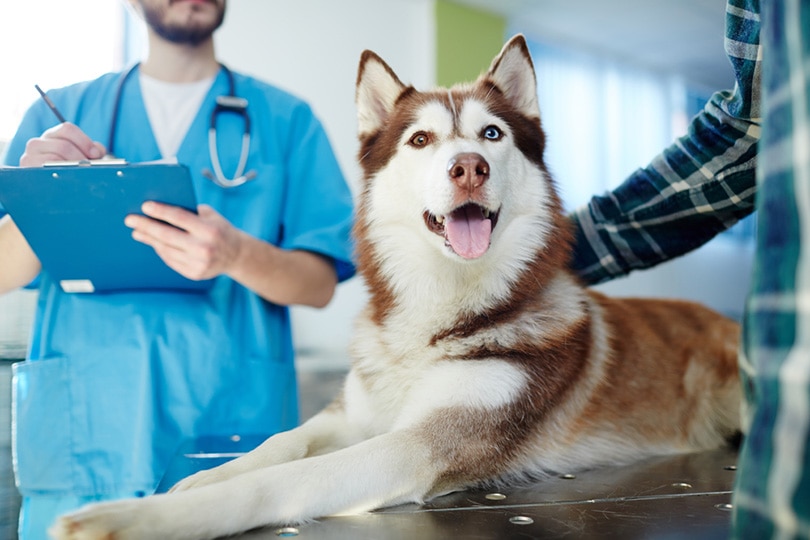
2. Monitor Your Dog
Keep a close eye on your dog’s behavior and health for the next 24–48 hours. If you notice any concerning signs or if your dog’s condition worsens, contact your veterinarian promptly.
3. Hydration
Ensure your dog has access to plenty of fresh water to stay hydrated. This can help alleviate any digestive issues.
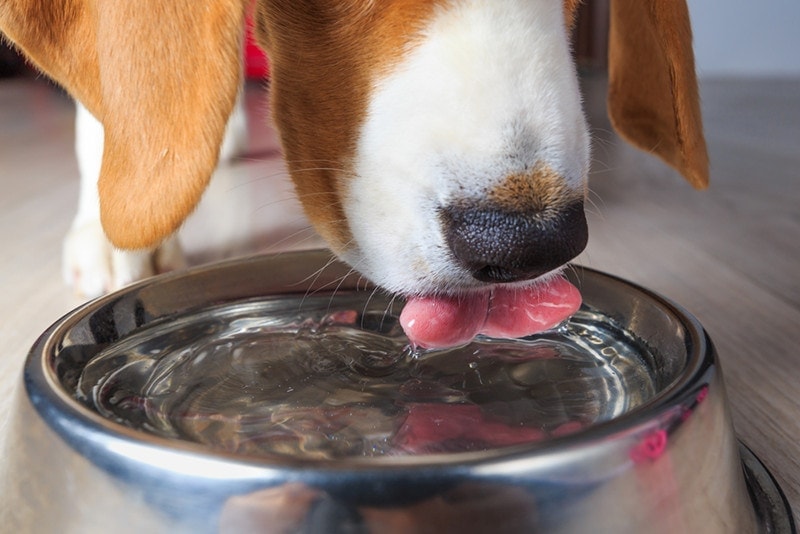
4. Modified Diet
Consider feeding your dog a bland diet for the next day or two. This can help settle their stomach and aid in digestion. A bland diet typically consists of boiled, plain chicken and rice in small portions.
Preventing Future Incidents
To prevent your dog from ingesting banana peels (or other potentially harmful items), consider implementing the following measures:
- Proper Waste Disposal: Ensure that banana peels and other food waste are securely disposed of in a trash can that your dog cannot access.
- Supervise Your Dog: Keep an eye on your dog’s environment, especially in areas where food scraps may be present. Supervision can prevent them from scavenging and consuming items they shouldn’t.
- Provide Appropriate Chewing Alternatives: Dogs often chew out of boredom or as an instinct. Offer safe chew toys and treats specifically designed for dogs to redirect their chewing behavior.
- Training and Commands: Teach your dog basic commands such as “leave it” or “drop it.” That way, you can intervene quickly if they attempt to eat something they shouldn’t.

Other Frequently Asked Questions
Can dogs have bananas?
Yes, in moderation. Bananas are a safe and healthy snack for dogs when given in small quantities. Just remember to remove the peel! They are a good source of vitamins, minerals, and fiber but are high in sugar, so moderation is essential.
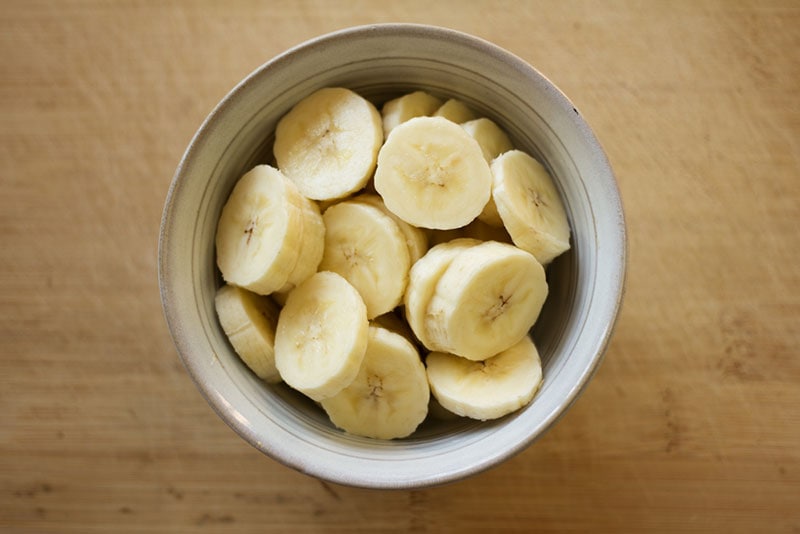
Are there any particular breeds that are more susceptible to the risks posed by banana peels?
While the risks of consuming banana peels generally apply to all dogs, smaller breeds and dogs with pre-existing gastrointestinal issues may be at a higher risk due to their smaller size and more sensitive digestive tracts. It’s important to speak with your veterinarian about any potential risks that may be associated with your dog’s breed or specific health condition.
Can my dog eat other types of fruit?
Most fruits are safe for dogs to eat in moderation. However, some must be avoided. Grapes are highly toxic, even in small amounts, and should be avoided altogether. Avocados are also toxic, so it is best to steer clear. Always consult your veterinarian before introducing new foods into your dog’s diet.
Is it safe for dogs to eat other fruit peels?
It’s generally best to avoid letting dogs consume fruit peels since they pose similar risks as banana peels. Some fruit peels can be difficult for dogs to digest and may cause gastrointestinal upset or blockages. Always consult your veterinarian before introducing new foods or treats into your dog’s diet.

How can I train my dog to avoid certain foods and objects?
Training your dog to respond to commands like “leave it” or “drop it” can prevent them from consuming harmful items. You can also use positive reinforcement to reward good behavior and discourage unwanted actions. For example, offering a more appealing item in exchange for what they have in their mouth and giving the “leave it” or “drop it” command allows them to associate dropping what is in their mouth with a positive outcome. It is probably one of the most important commands to teach a young dog.
Conclusion
While banana peels are not toxic to dogs, their consumption has potential risks, including choking hazards and digestive upset. It’s important to prevent dogs from eating banana peels and provide them with a safe and balanced diet. If your dog eats a banana peel, monitor their behavior and health, ensure proper hydration, and contact your veterinarian if any concerning signs arise. By taking these precautions, you can keep your furry friend happy, healthy, and out of harm’s way.
See also:
- My Dog Ate Insulation: Our Vet Explains What to Do
- My Dog Ate a Slug: Should I Be Worried? (Vet Answer)
Featured Image Credit: Topo Supriyanto, Shutterstock

